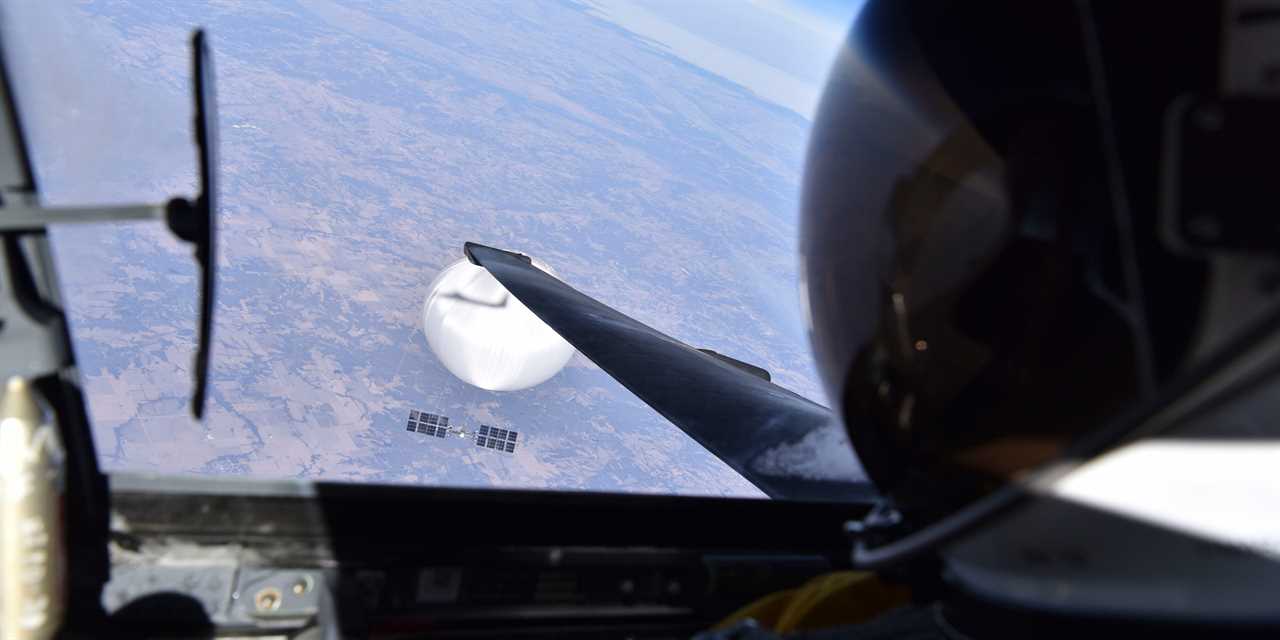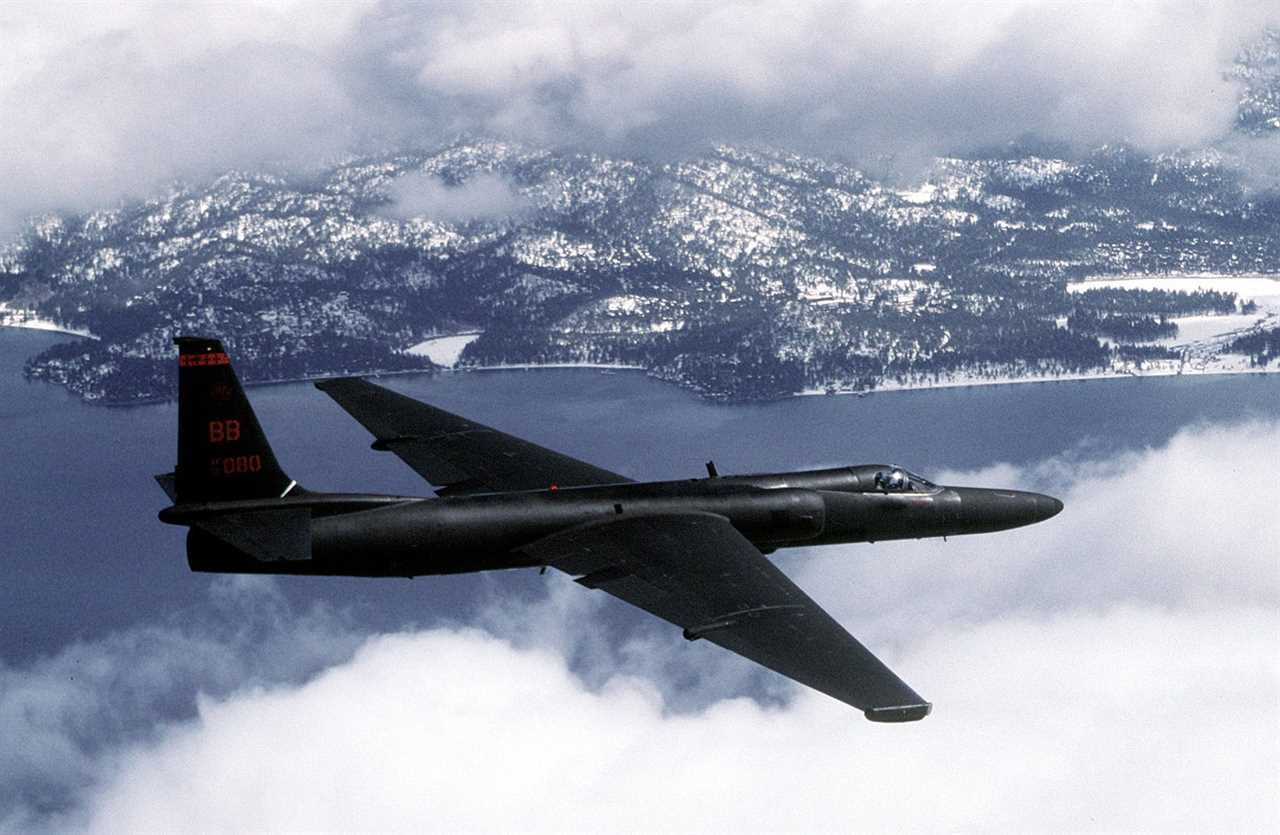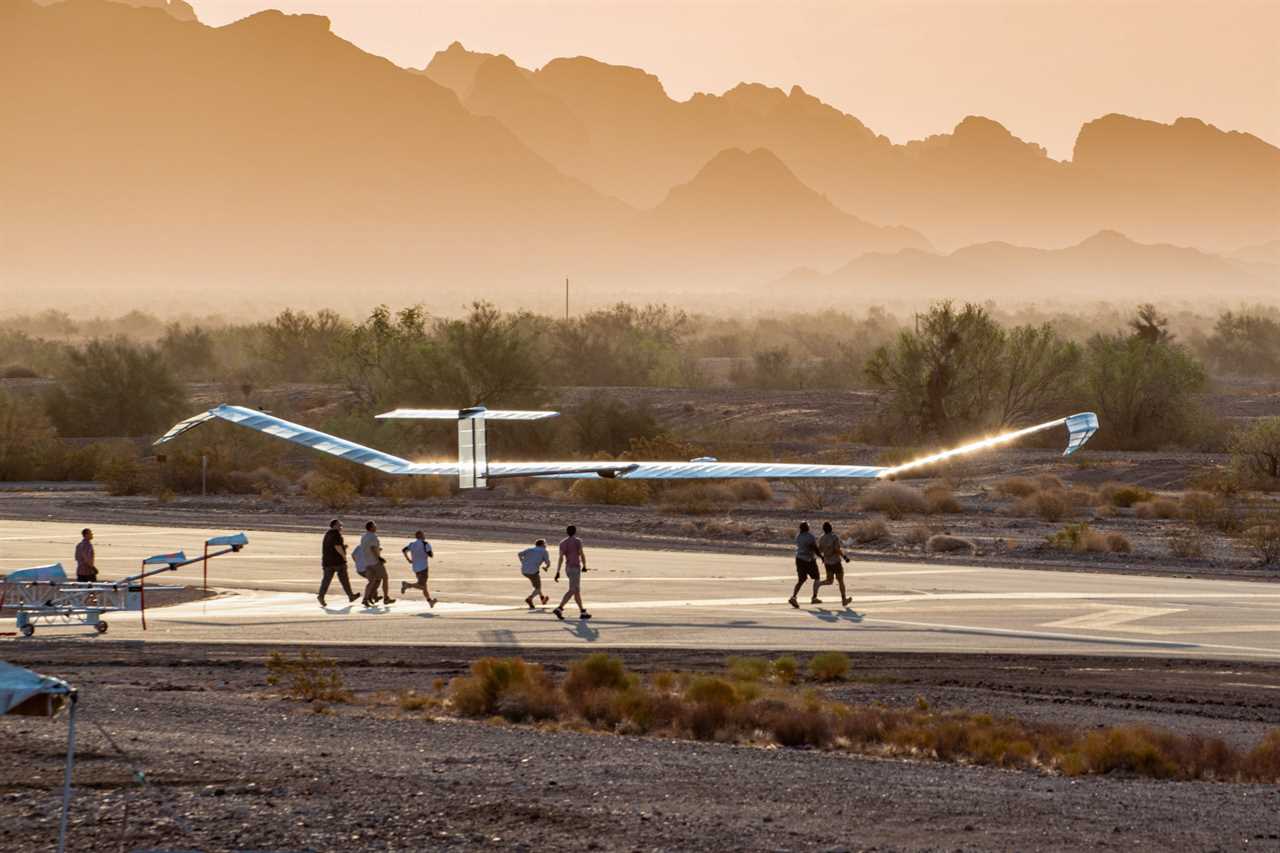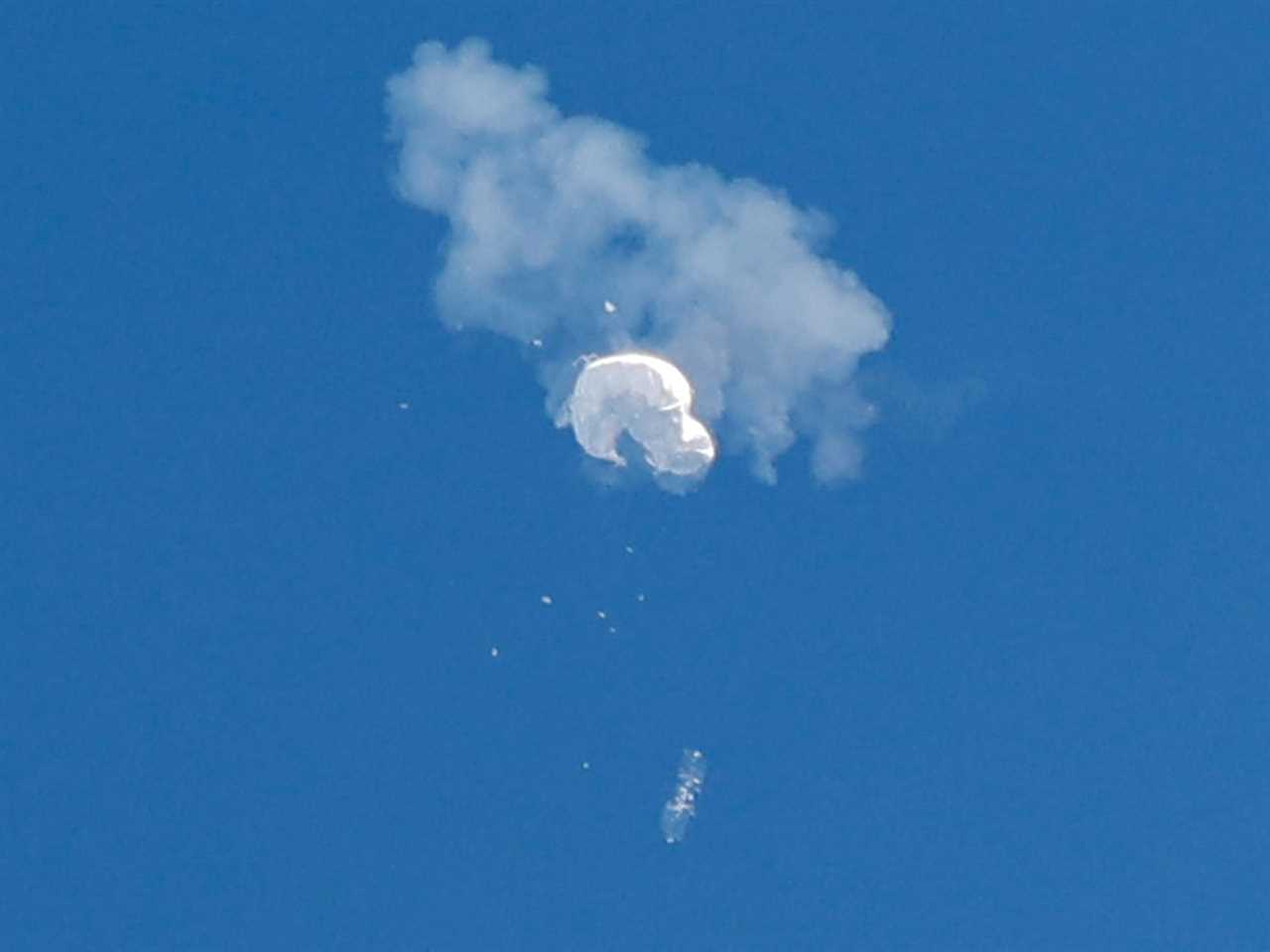
Photo courtesy of the Department of Defense
- The recent flight of Chinese spy balloon over the US highlighted a new kind of overhead snooper.
- These "pseudo-satellites" fly lower than satellites but higher than most planes and are hard to spot.
- Pseudo-satellites are still mostly experimental but could soon be a new challenge to governments.
For more than 200 years, humans have had to accustom themselves to living under eyes in the sky.
In the late 1700s came the first hot-air balloons, which were later used as observation platforms in the US Civil War. Camera-equipped reconnaissance planes proved crucial in World Wars I and II, followed by the ever-watchful spy satellites of the Cold War.
But the recent flight of a Chinese spy balloon over the US has called attention to a new class of overhead snoopers: "pseudo-satellites" that fly lower than satellites but higher than most aircraft. These platforms combine the field of view of an orbital spacecraft with the flexibility of an airplane.
"Satellites in space are very predictable in their orbits; conventional aircraft are inherently more flexible, but have much more limited endurance," Andrew Payne, a researcher at Britain's Royal United Services Institute think tank, wrote in a recent report on pseudo-satellites.

US Air Force
In contrast, Payne adds, pseudo-satellites "offer imaging or communication capabilities similar to satellites but in the form of a long-endurance airborne platform."
The concept isn't new. American U-2 reconnaissance planes — essentially a powered glider designed in the 1950s — could operate at 70,000 feet, while Soviet MiG-25 Foxbats flew over Israel at 75,000 feet in the 1970s. The SR-71 Blackbird, in service from the 1960s to the 1990s, could cruise at Mach 3 while taking pictures from 85,000 feet, highter and faster than most fighters and anti-aircraft missiles could reach.
What is new is the high-altitude long-endurance balloons and drones being developed around the world. A Chinese balloon downed in February with a AIM-9 Sidewinder missile fired by an F-22 stealth fighter had flown over North America at about 65,000 feet. The Pentagon described the balloon as being 200 feet tall — as big as a regional passenger jet — and solar-powered.
China's WZ-8 drone can reportedly fly at 100,000 feet at a speed of Mach 3. The US Army and Lockheed Martin have demonstrated the HALE-D airship, which can operate at 60,000 feet. Both China and America are developing HALE drones, such as the US's Zephyr 8, which can cruise at 70,000 feet.

Christian Otto/Airbus
Spy balloons can drift with the wind and are cheap, costing a few thousand dollars or less. (The Sidewinder missiles that shot down the Chinese balloons cost $400,000 apiece). Powered drones and airships can cost several million dollars apiece, but unlike satellites that orbit the Earth, they can remain over a location for continual observation.
All of these platforms are much less expensive than a billion-dollar spy satellite or a manned reconnaissance aircraft, which raises the specter of the stratosphere filled with swarms of pseudo-satellites.
These platforms also pose a problem in terms of defense. While unarmed pseudo-satellites are easy to shoot down once detected, detecting them can be hard.
"Most military sensors and operating models are optimized for countering either conventional aircraft or satellites, and not platforms operating in the zone in between," Payne wrote. "Thus, it could be argued that platforms operating in this area are, to an extent, inherently stealthy."

Randall Hill/Reuters
If this sounds familiar, the same issues apply to hypersonic missiles, which can fly at 100,000 feet or higher but remain below the edge of space. Missile-detection radars are designed to detect ICBMs descending from space but not objects in the upper stratosphere. Nations will now have to modify their early-warning systems to spot pseudo-satellites as well as hypersonic missiles.
Still, pseudo-satellites are mostly in the experimental stage. They will have to overcome several challenges before they become widespread. "Balloons are challenging to steer," Payne wrote. "Airships present material challenges in terms of resistance to ultra-violet degradation, and solar platforms have geographic and temporal operating constraints."
Pseudo-satellites must also balance payload and power capacity. High-altitude platforms fly above bad weather but have a limited payload, while lower-altitude platforms can carry more sensors but are hampered by weather effects.
Nonetheless, pseudo-satellites are bound to change the way that nations fight and spy on each other. "Notwithstanding the eventful demise of their balloon, perhaps China has taken the lead and shown the potential utility and flexibility of these platforms," Payne wrote.
Michael Peck is a defense writer whose work has appeared in Forbes, Defense News, Foreign Policy magazine, and other publications. He holds a master's in political science. Follow him on Twitter and LinkedIn.
Read More
By: [email protected] (Michael Peck)
Title: China's wayward spy balloon is a sign of a new class of 'pseudo-satellites' crowding the sky far above earth
Sourced From: www.businessinsider.com/chinese-spy-balloon-highlights-growing-use-of-high-altitude-snooping-2023-6
Published Date: Thu, 15 Jun 2023 10:53:00 +0000
Did you miss our previous article...
https://trendinginbusiness.business/politcal/putin-is-setting-up-excuses-to-protect-himself-in-case-his-war-in-ukraine-fails-says-excia-officer
.png)





